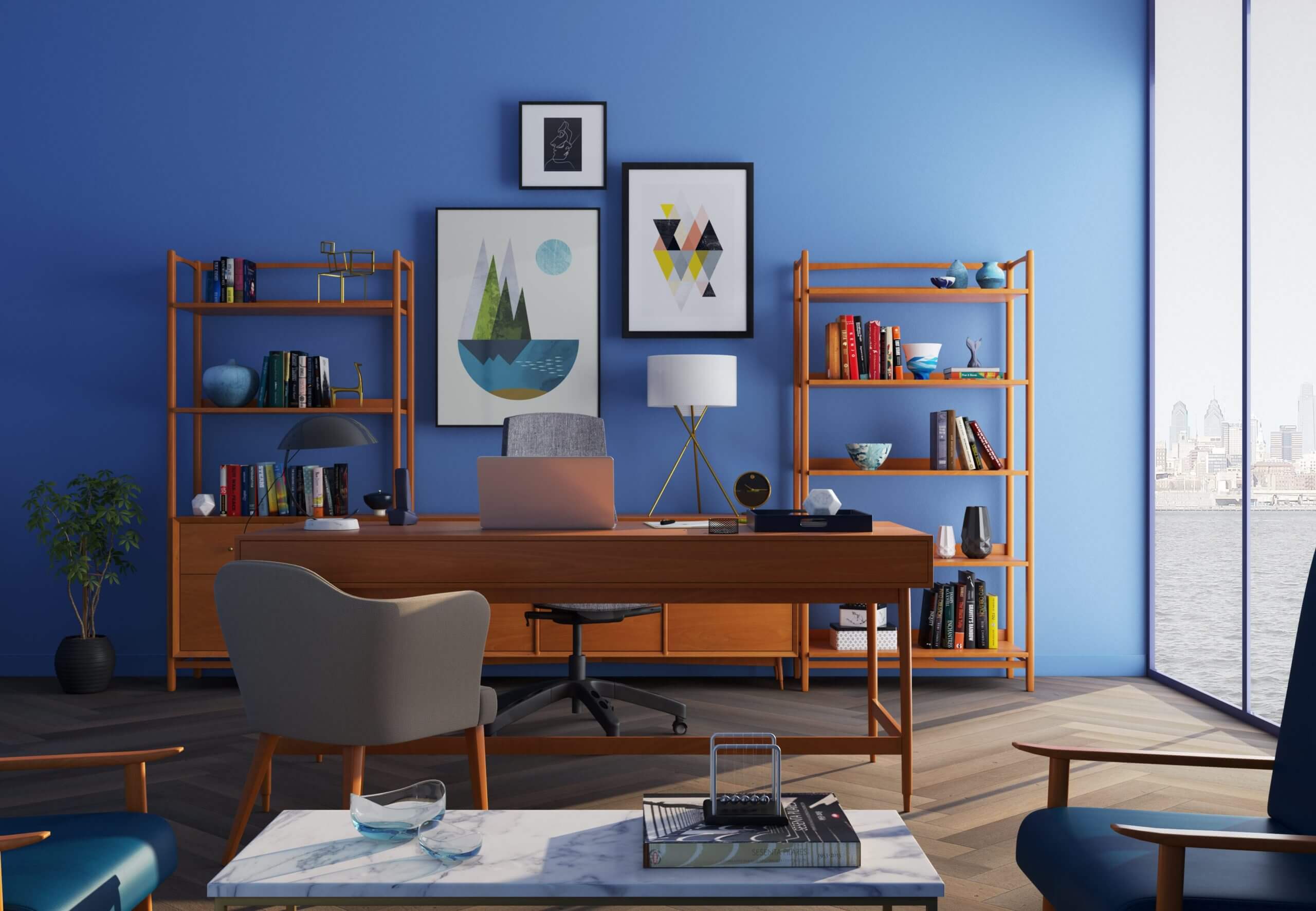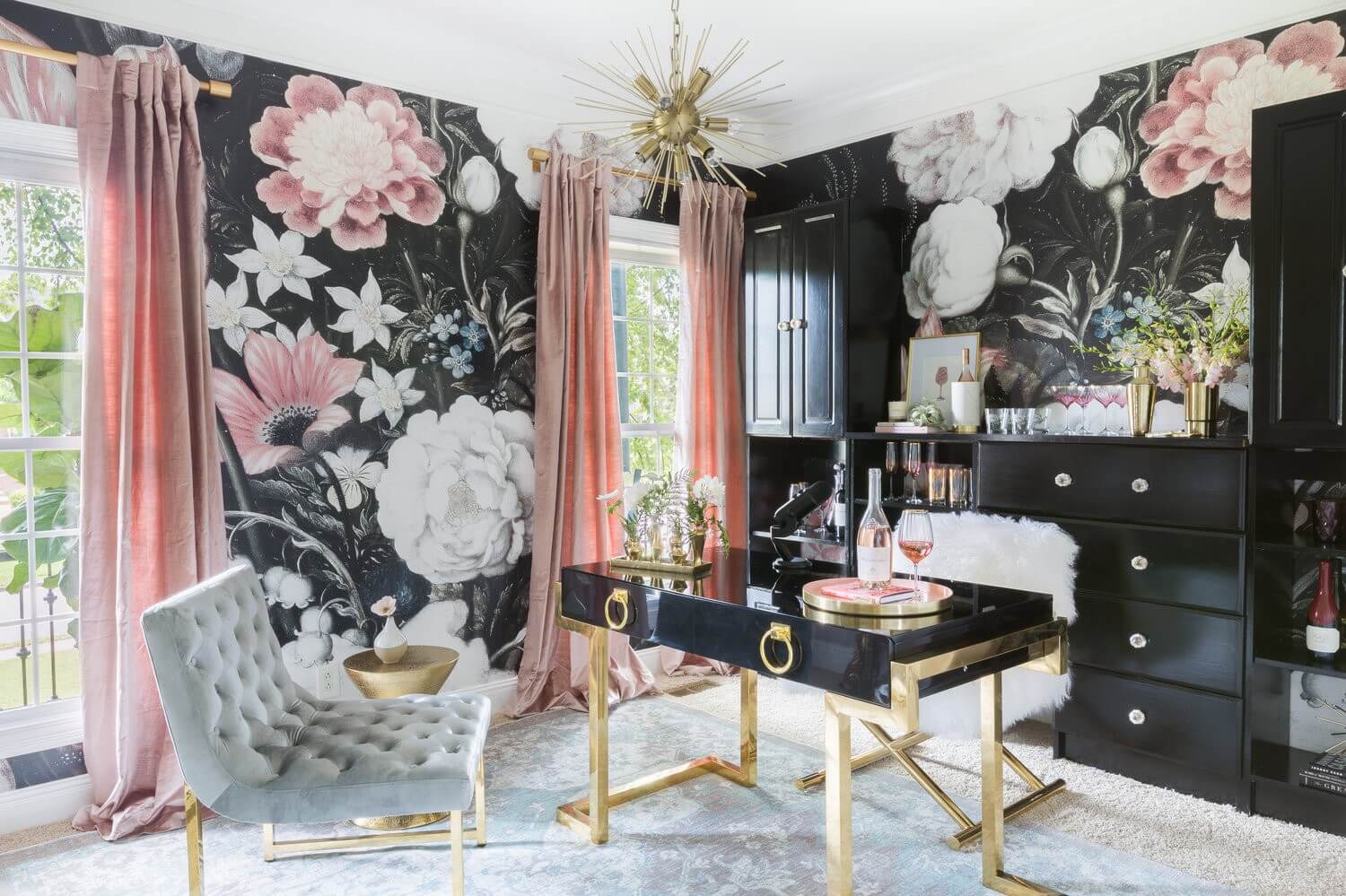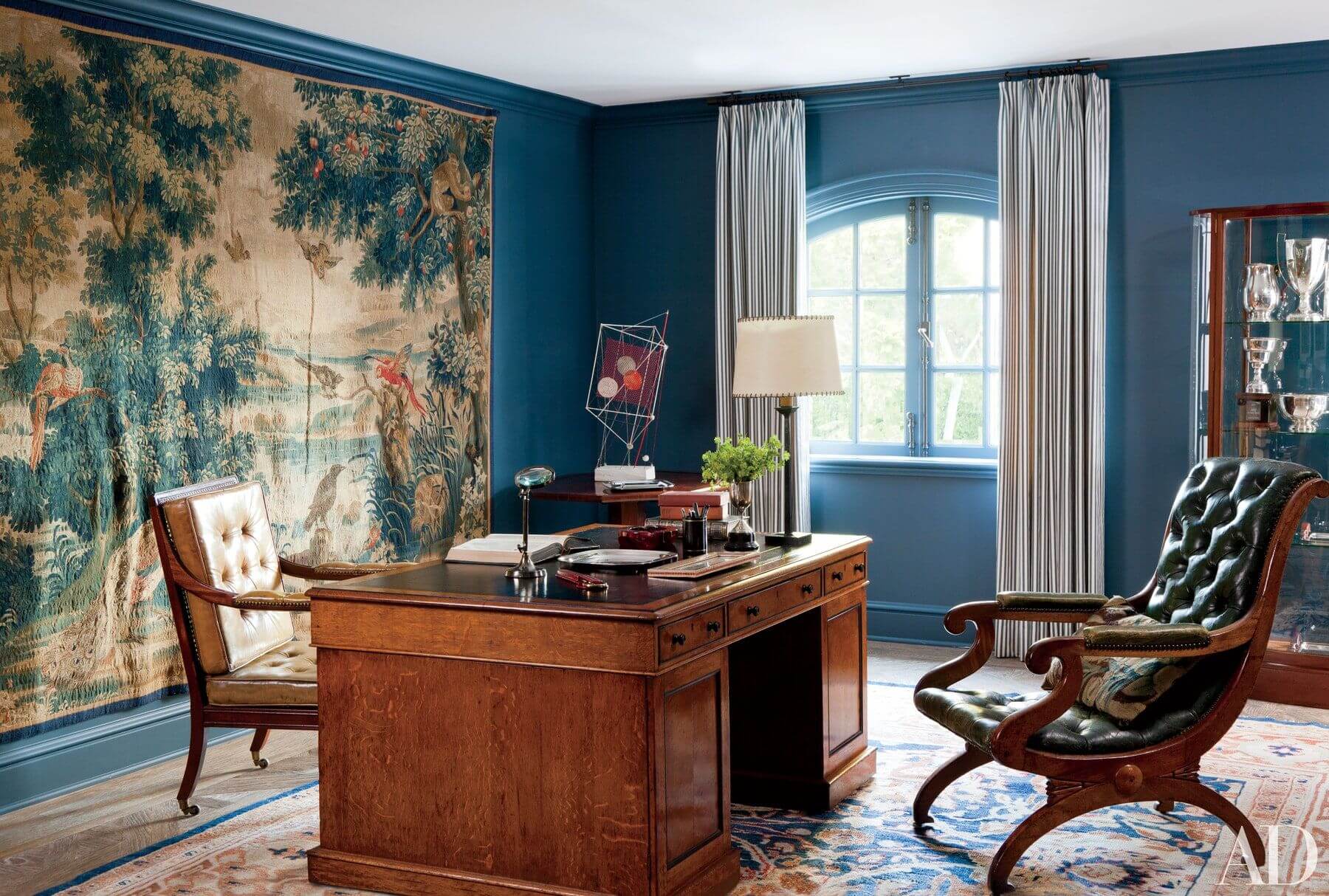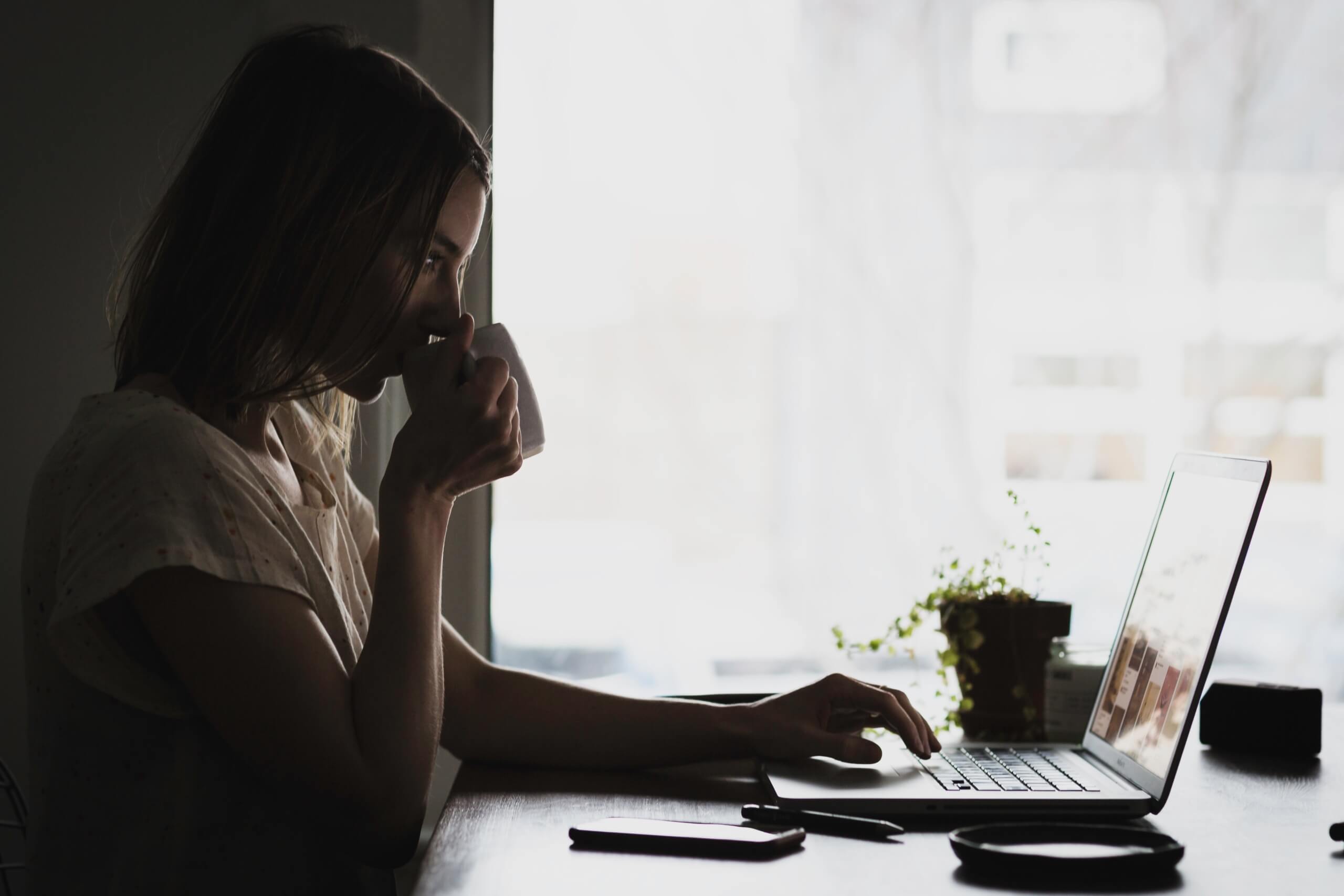More people are working remotely than ever before. If it’s your first time working remotely, you’re probably struggling a bit with balance. You’re not alone. Remaining productive while working at home can be a challenge.
Even if you aren’t new to working from home, staying on task, and keeping your productivity high is a constant challenge. When you’re working from home, there’s an onslaught of new distractions to overcome, and finding your work groove can be tough.
The great news is that there are a lot of interior design tricks and tips that can help transform your home office into a productivity zone. These swaps and design hacks are surefire ways to boost your productivity and help make your home office a place you actually like to work.
Here are six interior design ideas that are sure to increase your productivity.

1. Claim Your Space
In an office environment, you likely have your own workspace. Whether it’s a cubicle or an office, you have a space that’s yours and only yours. The first step to improving productivity is to claim a space in your home dedicated to work.
If your home office also serves as a guest bedroom or workout room, consider clearing it all out, so that your workspace doesn’t have to serve any other purpose. If you don’t have the luxury of a dedicated room, or can’t move stuff out, consider using something like screen wall panels or room dividers to block off an area and close yourself in and block everything else out.
Doing this allows you to design around your needs and not the needs of the rest of the house.

2. Adopt Minimalism
Once you’ve claimed your space, it’s time to de-clutter. Minimalism isn’t just a trendy buzzword. Minimalism is a new way of thinking about our relationship to the items we own. It’s about analyzing and differentiating between the things we need and the things that are taking up space.
Go through everything in your home office and get rid of everything that you don’t need. Go in and declutter everything. Eliminate those stacks of papers and reduce the decoration down to the items you love. Make your home office space of function.
Minimalism in design is all about embracing simplicity and decluttering so that you’re more organized and can think clearly. If you have clutter, your brain has to work extra hard to ignore it. It’s much better to eliminate the distraction and reduce the clutter.
3. Add Some Life
Plants and natural light can do wonders for your productivity and overall well-being. One study found that when workers had access to natural light and were exposed to plants in their office, they were more organized, and their job satisfaction increased. On top of that, the employees reported lower levels of anxiety and depression.
If you have access to a window, consider keeping it open, so that natural light can flow into the room. Then, add some plants throughout your office space to soak up some of the feel-good benefits that plants can provide.
Don’t go overboard here. Keep it simple. Choose plants that are low maintenance, like succulents or cacti. Greenery works tremendously with a minimalist design aesthetic, too.

4. Choose Blues
When it comes to the color palette, you’ll want to stay away from greys. They can make you feel apathetic. Research indicates that blue shades are the best for boosting focus and increasing calm. So, when in doubt, go for blue hues.
You aren’t limited to just blue, though. Other colors can impact mood and productivity, too. Yellows, for instance, can improve creativity and boost energy. You don’t want to overdo it with yellow, though, because it can make you feel agitated if there’s too much of it. Reds are great for increasing productivity in environments where manual labor is required because reds can boost your heart rate. Greens are calming and can help you feel balanced.
Design your colors in a way that makes sense for your workflow. An overall hue of blue with a yellow accent wall could do wonders for helping you stay on task and gain inspiration when you’re stuck. Mix and match color palettes to get your desired result.
5. Keep it Low Maintenance
When designing your home office, you must keep it all easy-to-maintain. If you choose fussy materials and decorations for your office, you’re setting yourself up for headaches down the road.
For instance, if you had a pure oak desk, it might look incredible, but that desk will require an insane amount of upkeep. Don’t even think about putting your coffee mug on it or eating lunch at the desk. A spill could be disastrous. It could damage the wood, and you’d have to figure out how to clean it without damaging it further. That’s not the type of thing you need to worry about in the middle of your workday while trying to boost productivity.
Instead, choose low-stress materials. Consider using white solid surface countertops as a desk, so that you can spill, clean, and work without any maintenance issues. Go for vinyl flooring instead of hardwood or carpet. Ultimately, you want to select materials that won’t add work to your workday.

6. Design for You
Here’s the thing, the most wonderful part about working from your home office, is that it’s your office. You control the atmosphere, the look, and the functionality. Figure out what things are holding you up and keeping you from achieving your goals, and design to eliminate them,
In a standard office setting, you don’t have that luxury. You have to work in whatever environment the bosses determined was best. In your own office, you get to custom tailor an environment that works for you.
Prioritize comfort in your design. Choose a chair that you can sit on for long periods. Add decoration that’s personal to you. Keep the temperature at a comfortable level. Add a coffee station right next to your desk. Do whatever makes the most sense for you.
If you can identify the things that are distracting you and zero-in on the things that promote focus, you’ll be on your way to creating a home office that boosts productivity in no time.
In case you missed it!

